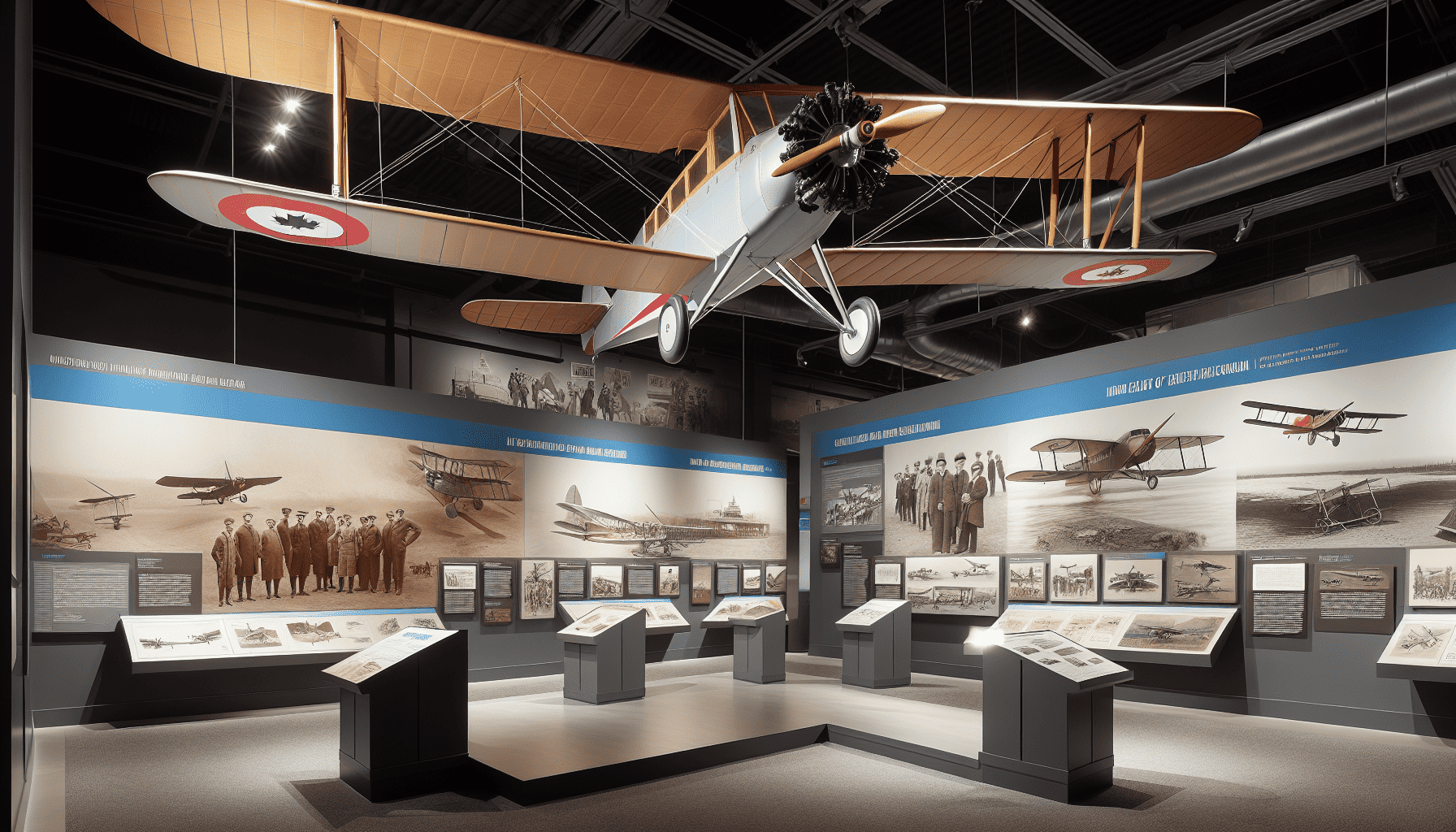Canada's aviation history is a captivating journey of innovation, exploration, and achievement that mirrors the country's vast landscapes and pioneering spirit. Nestled between oceans and expansive wilderness, Canada's unique geographic and climatic challenges have shaped its aviation story, from the earliest days of flight to the modern aerospace industry.
The roots of Canadian aviation trace back to February 23, 1909, when J.A.D. McCurdy piloted the Silver Dart, marking the first controlled powered flight in Canada and the British Empire. This monumental event took place at Baddeck, Nova Scotia, under the guidance of Alexander Graham Bell and the Aerial Experiment Association, a testament to Canadian inventiveness and ambition.
As aviation technology advanced, the 1920s and 1930s saw significant developments with bush flying, as pilots braved the elements to connect remote communities and deliver critical supplies. Aircraft like the Curtiss JN-4 "Jenny" and the de Havilland DH.60 Moth became icons of this era, with intrepid pilots navigating uncharted territories. Bush pilots, often hailed as heroes, laid the groundwork for the role aviation would play in Canada's economic and social development, opening up the vast hinterlands of the North.
World War II marked a pivotal chapter in Canadian aviation, as the country became a significant player in the allied war effort. The British Commonwealth Air Training Plan transformed Canada into an extensive aviation training ground, producing more than 130,000 aircrew members. Canadian engineers and manufacturers contributed to aircraft production, creating renowned models like the Avro Lancaster bomber.
Post-war years heralded a golden age of innovation and expansion. Canadian companies like de Havilland Canada and Avro Canada introduced pioneering designs. The de Havilland Canada DHC-2 Beaver, known for its versatility and performance in adverse conditions, became a staple of aviation in rugged terrains. Simultaneously, the Avro CF-105 Arrow, despite its controversial cancellation, remains a symbol of Canada's aerospace capabilities and potential.
Later, Canada evolved into a global leader in aerospace technology. Bombardier and other firms helped establish Canada as a key player in regional and business jet markets. The Challenge of connecting communities across a vast and sparsely populated country continues to drive advancements in aviation and aerospace.
Interactive exhibits across Canadian museums and institutions offer an immersive experience, allowing visitors to explore the milestones of aviation history. These exhibits invite individuals to engage with artifacts, from vintage aircraft to flight simulators, and to share stories of the men and women who defied the odds to pioneer new frontiers.
By delving into Canada's rich aviation history, visitors gain a deep appreciation for the nation's technological advancements and the human spirit's resilience in overcoming natural and man-made challenges. It's a celebration of visionaries, engineers, pilots, and all those who dared to soar above the skies, charting Canada's course in the annals of global aviation history.
